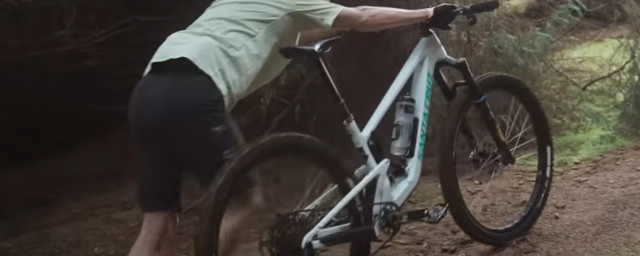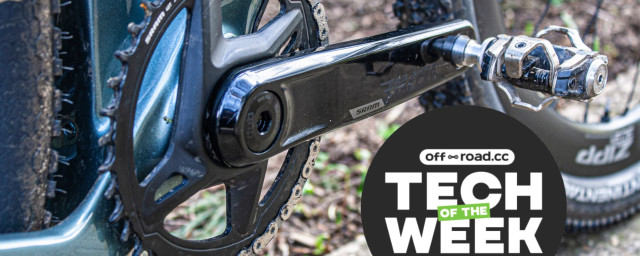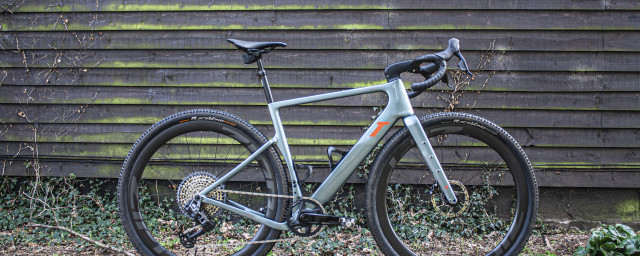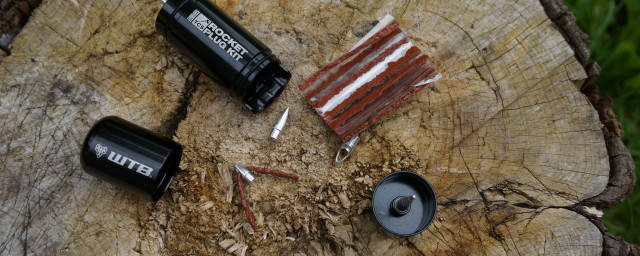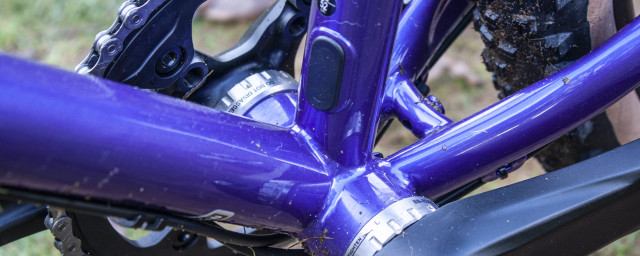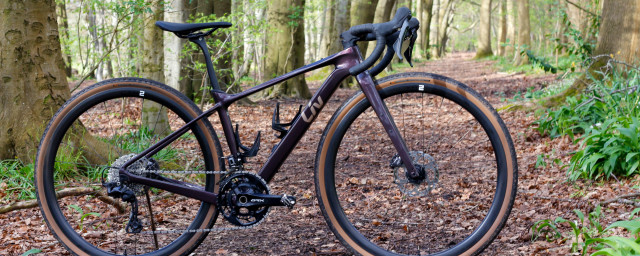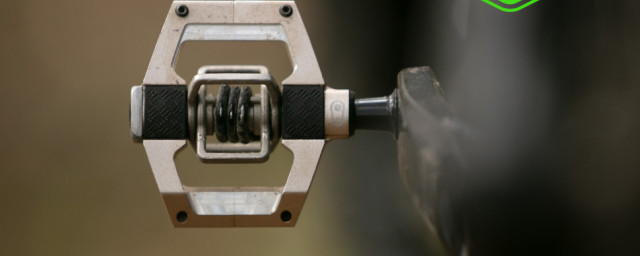As far as the best gravel bikes go, carbon fibre is the go-to material when it comes to frame and fork construction. And while it does have many benefits, metal frames can deliver an equally impressive riding experience, too, and I’m not talking about aluminium, steel or titanium here but rather magnesium. Yep, you read that right. The Vaast A/1 Allroad gravel bike represents a different take on the gravel bike recipe; a left-field, high-value option poised to do battle in what has become a rather claustrophobic space.
I spent a couple of months putting the Vaast A/1 Allroad Apex 700 through its paces across a variety of surfaces and settings, including tarmac, open gravel roads and technical singletrack in an effort to establish whether or not it has the credentials to challenge the segment's best.
Vaast A/1 Allroad - Design and aesthetics
The Vaast’s visual package is rather unobtrusive but that’s not necessarily a bad thing, especially considering the overwhelming, bright-hued colourways currently doing the rounds. Instead, the A/1 Allroad Apex 700 pictured here comes tricked out in the company’s matte, ‘cast black’ paint, complete with contrasting glossy Vaast wordmarks on the downtube. It’s all very stealthy and tasteful - as are the tidy TIG welds and environmentally friendly icons that festoon the lower, inner downtube. Its facade is further complemented by the tanwall WTB Riddler tyres, the result of which bestows it with a premium look and feel.
The matte paint finish, however, is prone to scuffs and scratches. Our medium test bike developed some cable rub around the headtube area, which seemed to get worse over the test period. Closer inspection revealed some significant wear and tear, the result of which has exposed some of the plasma electrolytic oxidation coating.
At the back, you'll notice the asymmetric chainstays. The driveside stay takes on a rather significant drop to help it play nicely with bigger tyres and both 650b and 700C wheel configurations, another nod to the bike’s exceptional value for money and playful characteristics. The stays have machined magnesium dropouts with both fender and rear rack mounts (there's also a brace of bottle bosses and rack and mudguard fittings on the fork) and there's a T47 threaded bottom bracket shell. In 700C guise, the bike can be had in the choice of either a Shimano GRX or SRAM Rival groupset whereas the 650b comes stock with the latter only.
In terms of geometry numbers, the A/1 is on the racier side of the spectrum with head and seat tube angles that run almost parallel to each other, 71- and 72.5-degrees respectively. This places you in a more road bike-like riding position but this is offset but the 68mm BB drop, 1,023mm wheelbase and 425mm chainstays - the result of which has a positive effect when it comes to stability and rear-end handling but more on that later.
Vaast A/1 Allroad - Technical details
The Vaast A/1 Allroad’s party trick, however, comes in the form of its magnesium frame. Magnesium as a material is nothing new to the cycling industry having been used by companies as notable as Pinarello in the early noughties. The 1,200g frame pictured here is claimed to be lighter than any of the popular metals currently used (aluminium, steel and titanium) losing out only to carbon fibre when it comes to weight.
As a material, magnesium is not the easiest material to work with owing to the difficulties pertaining to welding, not to mention corrosion but Vaast reckons it's managed to iron out all concerns thanks to its partnership with Allite Inc, a specialist in magnesium fabrication. The frame is made from what the company calls Alllite Super Magnesium, which is subsequently given a plasma electrolytic oxidation bath - a ceramic treatment that prevents corrosion and coats both the inside and outside of the frame tubing. This also counteracts the flammable properties of the metal.
The carbon footprint from manufacturing a mag-alloy bike is far less harmful than other metals or materials, using 40 per cent less energy. It is also 100 per cent recyclable. While magnesium is known for its lightweight properties, in this application it's far from feathery. On our scales, it weighed in at 9.47kg (without pedals) which is neither heavy nor light but rather somewhere in the middle ground - a result that's more down to the choice of componentry than anything else.
Vaast A/1 Allroad - Performance
The A/1 has a springy feel to it but is incredibly stiff around the bottom bracket area which makes it lively and responsive to pedal inputs when it comes to both seated and out-of-the-saddle efforts. The ride quality is equally as good, if not a touch harder than the carbon-fibre equivalent. It manages to mute trail chatter and delivers a reasonably compliant ride quality - something that straddles the middle ground between steel and carbon fibre. It’s far more forgiving than aluminium, which translates into less fatigue over longer distances.
Of course, the all-carbon fork also helps foster a better sense of connection and ride feel at the front, but it provides a very different sensation when compared to the supple rear end. Most of my testing comprised open gravel roads and sinuous, somewhat technical singletrack - the latter of which was naturally quite uncomfortable and challenging to ride on a bike with a 71-degree head angle and equally as steep 72.5-degree seat tube. The fact it can dismiss it or, at least, negotiate this kind of terrain is impressive, but the Vaast A/1 is far more at home on the open roads where it devours gravel tracks and tarmac with road-bike-like speed and precision.
It corners confidently, too. Turn-in is immediate and the bike tracks accurate lines no matter the situation - this included ascending singletrack switchbacks and descending paved roads such as Box Hill in the Surrey Hills. It’s all very predictable and confidence-inspiring. The only real hiccup - which actually became an annoyance - was the incessant puncturing. The stock 37c WTB Riddler tyres have good grip and rolling resistance but fall significantly short when it comes to puncture protection. Almost every ride culminated in at least two punctures and this wasn’t an isolated incident either. This happened on tar and trail, and my colleague, Liam Mercer, experienced the same thing while he was assessing the bike, too.
Closer examination of the wheels revealed no imperfections along the rim bed or any sharp sections in the rim tape - even the tyres were without any contaminants or debris (both the exterior and interior). This left me with no other option but to ditch the stock wheel/tyre set-up for an already-set-up tubeless Parcours Alta wheelset. The difference wasn’t massive but there was no further puncturing, and the 38c Specialized Pathfinder Pro tubeless tyres allowed me to improve the ride quality even further by way of lower tyres pressures.
This particular A/1 comes outfitted with a Praxis Alba crankset in 1x configuration. The 42, 11-42T Sram Rival setup and hydraulic disc brakes worked efficiently over the course of my testing, shifting effectively and providing precise and modular stopping power. There were no instances where I felt under geared and the lowest 42:42 gear ratio was ample enough to get over the steepest off-road hills. Out on paved surfaces, the Vaast A/1 Allroad feels like an endurance road bike. It never came up short in terms of outright top speed - I was able to ride comfortably at 40km/h on the flats - and it carries momentum superbly well on rolling topography.
Vaast A/1 Allroad - Verdict
The Vaast A/1 Allroad Apex 700 is an impressive all-round gravel machine. The spec-level is decent enough at this price point and its compliance and eagerness to devour off-road miles make it an absolute joy to ride. Of course, it's not without fault - the standard WTB Riddler tyres are prone to punctures (regardless of the terrain) and this has the potential to ruin an otherwise excellent package.
At £2,599.99, the Vaast A/1 Allroad goes up against some of the perennial favourites in the best gravel bike category, which include a host of competitive entry-level carbon-fibre bikes. The Cannondale Topstone Carbon 4 makes a convincing case with a Shimano GRX groupset and the same WTB wheel/tyre arrangement - yours for just £100 more at £2,700. For just under £3,000 there's the Canyon Grizl CF SL 8 that Matt tested which gets a carbon-fibre frame and better components but is almost £400 more than the Vaast. However, of all the bikes listed here, the aluminium £2,550 Specialized Diverge Comp E5 matches the Vaast on almost every level, featuring the same SRAM Rival groupset but gains a Future Shock suspension stem.
The big issue facing its rivals, however, is that of stock availability and, if you do happen to find a unit, chances are you'll find an unpopular size. The Vaast A/1 Allroad Apex 700 is a solidly made, high-value bike that is equally as adept on the road as it is munching away the dirt miles. It's clearly one of the best deals currently available to anyone looking for one of the best gravel bikes.









